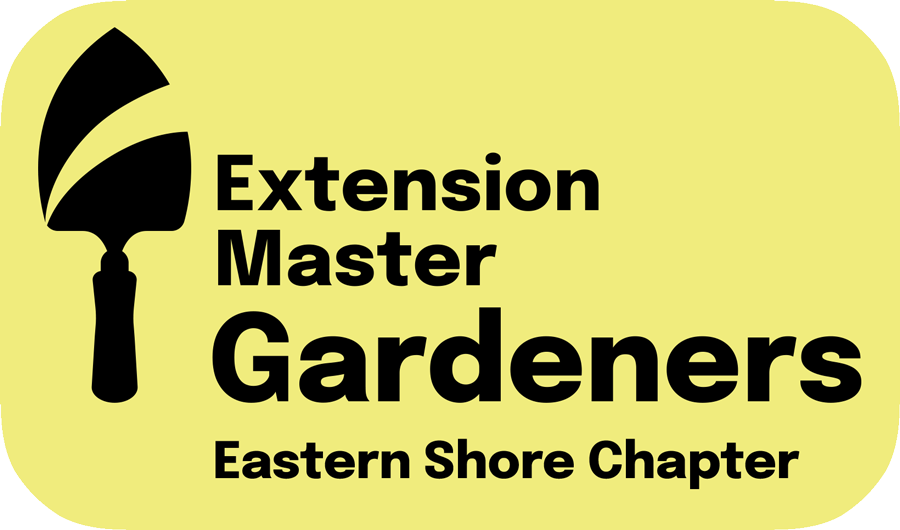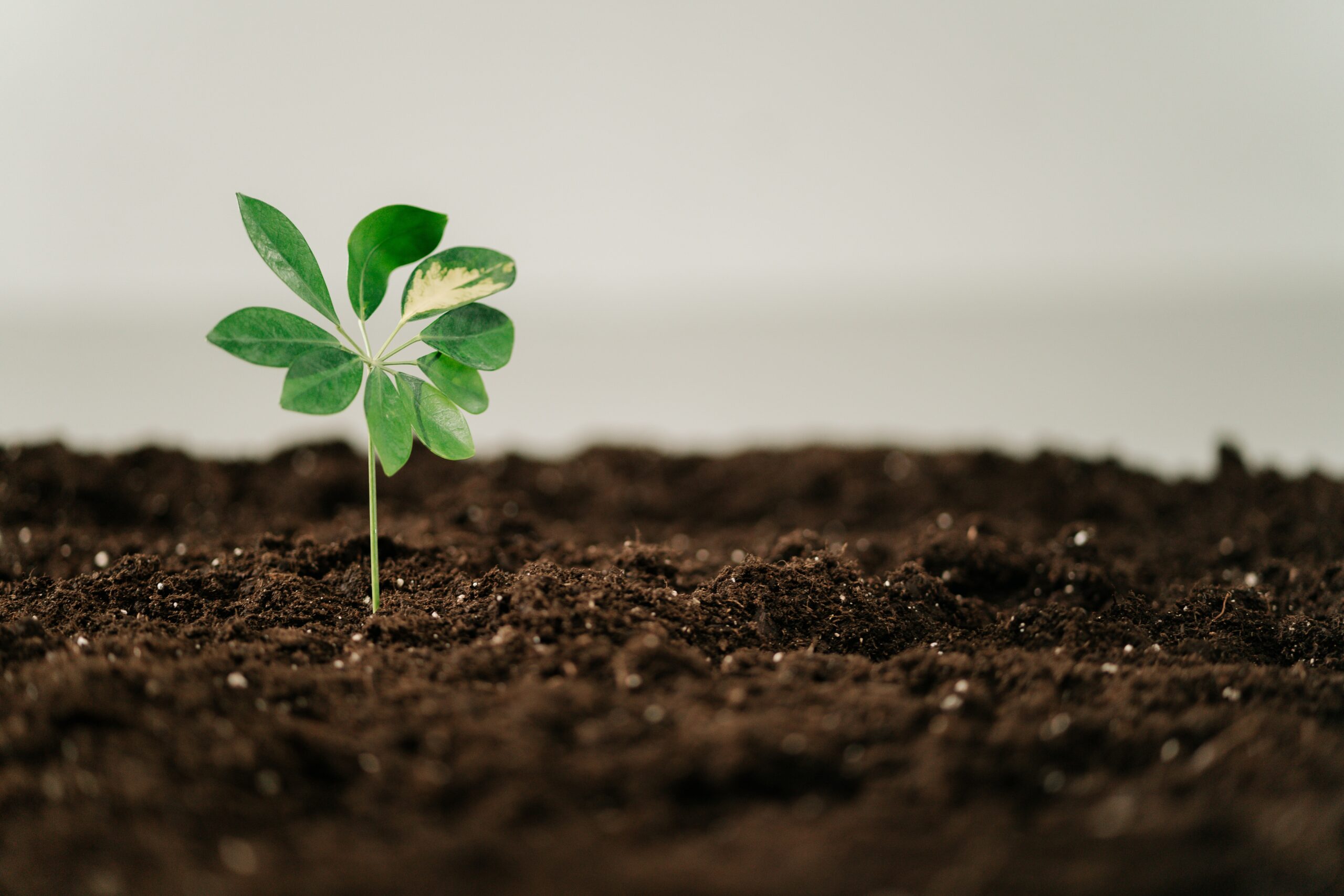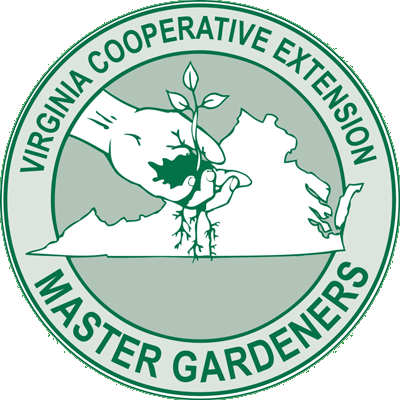
… Not the Plant. But isn’t it the plant that needs nutrition, not the soil? Is the soil really comprised of living organisms that need to be fed? The answer to this question lies in the not-so-complicated relationship between soil and plants.
Many gardeners see themselves as responsible for feeding their plants. And this is partially true. But plants are very capable of providing for their own needs by working closely with organisms in the soil. Unless there is knowledge of a nutrient deficiency or pH imbalance, there is very little gardeners need to do other than provide organic matter to keep their plants well-fed.
Plants have developed mutually beneficial relationships with soil organisms such as bacteria, fungi, archaea, and earthworms. They need these organisms to make macro- and micro-nutrients – such as nitrogen, potassium, and magnesium – available to them. Bacteria and fungi, in turn, eat carbon and need plants to make it available to them through the sugars exuded from their roots.
As long as everything stays in balance, nature is leading the show!
Plant Nutrients
Of the 17 essential nutrients required by plants, 3 come from the air and 14 come from the soil. Carbon (C), hydrogen (H), and oxygen (O), found in air, account for over 90% of a plant’s weight. The remaining nutrients include the macro-nutrients of nitrogen (N), phosphorus (P), and potassium (K) which are needed the most. This is indicated on the fertilizer package as NPK. Micro-nutrients such as boron, magnesium, copper, and iron are needed in much smaller amounts.
Several factors affect a plant’s ability to utilize these nutrients including:
- The type of soil determines the amount of nutrients that it will retain. Higher amounts of clay and organic matter enable a greater level of nutrient retention.
- The soil pH determines how tightly the nutrients are bound to the soil particles. If the pH is too high or too low, many nutrients become unavailable to the plant.
- The amount of water in the soil determines how well the nutrients dissolve and move into the plant. Too much rain in the soil leaches nutrients and not enough water renders the nutrients unavailable.
- Poor growing conditions such as temperature extremes, not enough or too much sunlight, and compacted soil also limit a plant’s ability to absorb nutrients.

Nitrogen is behind almost every plant process, including photosynthesis which is the conversion of sunlight into energy (sugars). Nitrogen also promotes healthy leaf growth and is needed in greater amounts for leafy vegetable crops. A nitrogen deficiency may appear as a yellowing of the leaves and is an indication that the plant cannot produce enough chlorophyll to effectively conduct photosynthesis.
Compost and mulch help to provide a healthy amount of nitrogen in the soil. This takes a while, so, if you want to kickstart the process, you can add an organic version of nitrogen. The fertilizer should have an “N” rating of no higher than 10 and should come in a natural form such as blood meal or fish meal.

Like nitrogen, phosphorus also supports photosynthesis. It plays a key role in root development, a plant’s strength and size, and the formation of flowers and seeds. A deficiency may appear as stunted growth or a bluish discoloration of the leaves. Because a plant sends the most nutrients to its new growth, a phosphorus deficiency will most likely appear on the lower leaves.
If a phosphorus deficiency is suspected, the first corrective action is to assess the level of pH in the soil. Soil pH that is outside of the 6 – 7 range can make phosphorus inaccessible to the plant. A nitrogen deficiency can also reduce a plant’s ability to absorb phosphorus. Adding organic matter to naturally break up soil aggregates or crumbs will allow microbes to turn phosphorus into a usable form. Soil organisms, feeding on the sugary exudates in the root zone will adjust pH to a plant’s liking, thus unlocking the phosphorus. Fungi have the amazing ability to deliver phosphorus to the plant’s root zone. The fungal strands of mycorrhizae intertwine with the roots and extend their reach in the search for nutrients.

Potassium is also involved in supporting photosynthesis as well as regulating the functioning of the leaf stoma which are the openings that allow the plant to take in carbon dioxide. It is associated with the movement of water, nutrients, and carbohydrates in plant tissue. Plants deficient in potassium may have stunted leaves with yellowing margins and be prone to wilting in dry conditions. The plant may also drop its leaves prematurely.
Recommended sources of potassium include kelp, wood ashes, and greensand. Bananas are a high-potassium source and are healthy for both the soil and the gardener!
Maintain The Balance
If growing conditions are favorable and the soil is left undisturbed, a balance of plants and soil organisms is naturally maintained, enabling nutrients to be available to the plant. If problems are evident or if you are creating a new garden bed, it is a good idea to have the soil tested. Testing will identify the soil’s pH and most nutrient deficiencies. (Nitrogen is water soluble which renders it unable to be accurately measured.) Information from the soil test will, then, enable the gardener to better understand what actions, if needed, are required.
The application of organic matter, however, is a practice which should be regularly followed. Microbes, critical to the soil food web, must have a constant supply of organic matter, or their numbers will decline. Organic matter breaks down and requires consistent replenishment. It takes up to two years for the organic matter of compost to deliver nutrients to the soil, so patience should be the mantra of every good gardener. But, if you need a quick fix, the application of an organic fertilizer may be in order.

Bottom Line: The only amendment that healthy soil needs is an annual or bi-annual application of organic compost. Specific needs can be addressed by following the recommendations that come with the soil test results.
Fertilizers and The Balance
It is a common belief that plants “need” regular applications of fertilizer to keep them at their peak. Research has shown, however, that adding fertilizer during unfavorable growing conditions will not enhance plant growth and may actually harm or kill plants. A plant that has been fertilized may have a growth spurt at first, but this cannot be sustained without adding more fertilizer. Fertilizers interrupt the natural relationship between plants and the soil organisms. Since fertilizer replaces the need for these organisms, they “hit the road” and, consequently, are not around once the fertilizer runs out.

Bottom Line: Consider natural soil amendments in lieu of fertilizers to gently establish the proper balance for your soil.
Soil Disturbance and The Balance
One of the primary ways that soil disturbance can occur is through physical disruption such as tillage and compaction. A typical soil is 50% mineral and organic matter and 50% water and air which exist between the pore spaces in soil particles. Over time, tilling the soil and compaction from heavy equipment (or even walking!) reduces the pore spaces in the soil, restricting infiltration and destroying the “biological glues” which hold the soil together.
Soil disturbance through physical disruption results in one or more of the following:
- Water erosion which moves soil, nutrients, and water to offsite locations, potentially harming overall water quality;
- Wind erosion which also moves soil and nutrients offsite, creates a crusty top layer that impedes seed germination, and negatively impacts air quality;
- Standing water which saturates the ground surface reduces infiltration and increases runoff.
In each case, soil organic matter and critical microbial organisms are depleted.
Tilling organic matter into bad soil can help to reset the balance but think of this as a one-time or rare event. If the soil you are working with is compacted, graded, or generally lacking biological activity, tilling can get the soil started back on the road to good health. Once the soil is loosened, however, the gardener should allow Mother Nature to get to work. The only thing that is needed is the addition of organic matter which attracts the life forms that will naturally aerate the soil to maintain the 50/50 ratio. Earthworms dig holes and generate vermicompost; fungi feed the soil and further aerate it with their activities; and bacteria provide the glue which knits soil particles together, making spaces for air.
When preparing the soil for planting, minimize disturbance by digging holes and/or trenches only deep and wide enough for the plants, not the whole bed. Avoid breaking up the soil particles that harbor delicate life. Minimize walking on the soil. And leave debris lying on top of the ground, allowing it to decompose in place.

Bottom Line: Minimizing soil disturbance, whether it be through the use of chemicals or physical disturbance, is an essential step for maintaining good long term soil productivity.
References
“Repair the Nitrogen Cycle in your Garden,” Mother Earth News, Issue #317
North Carolina Extension Gardener Handbook, Soils & Plant Nutrients, Plant Nutrition & Fertilization
“Soil Health: Minimizing Soil Disturbance,” USDA Natural resources Conservation Service
Grow Your Soil, by Diane Miessler
Virginia Tech Soil Testing Lab
If you are a person with a disability and desire any assistive devices, services or other accommodations to participate in this activity, please contact Theresa Long Pittman at 757-787-1361 ext. 14 during business hours of 8:30 a.m. and 5 p.m. to discuss accommodations 5 days prior to the event. *TDD number is (800) 828-1120.
If you are a person with a disability and desire any assistive devices, services or other accommodations to participate in this activity, please contact Theresa Long Pittman at 757-787-1361 ext. 14 during business hours of 8:30 a.m. and 5 p.m. to discuss accommodations 5 days prior to the event. *TDD number is (800) 828-1120.
Jane McKinley, ESVMG EMG
Jane has been a Master Gardener since 2015 and is an active member of the local Eastern Shore of Virginia Master Gardener unit. As a Master Gardener trained in environmental horticulture through cooperative programming with Virginia Cooperative Extension, Jane supports the mission to provide community horticulture education programs, protect the environment and educate others.


